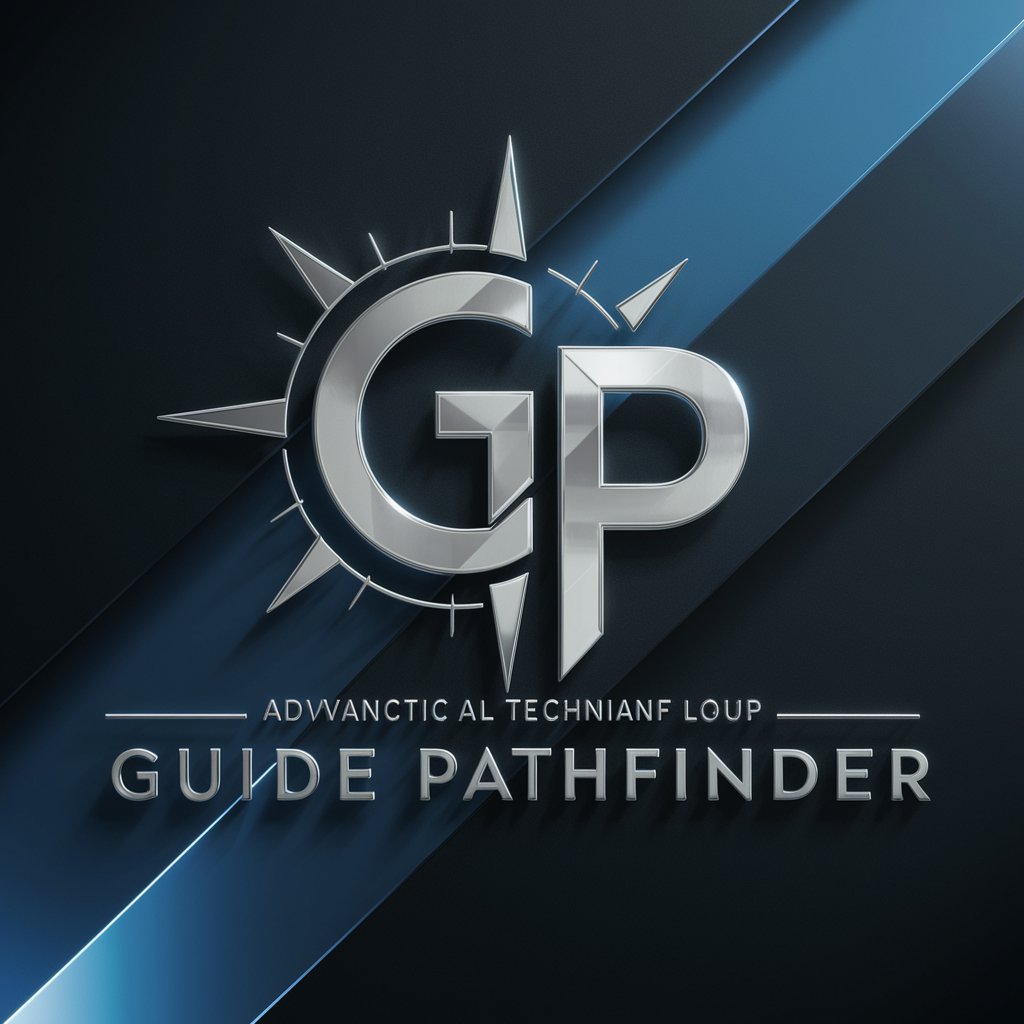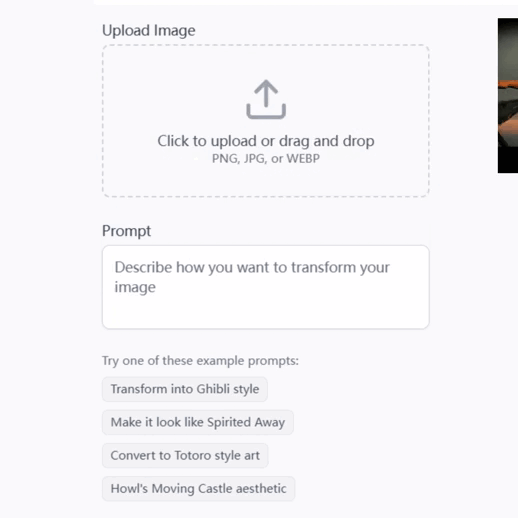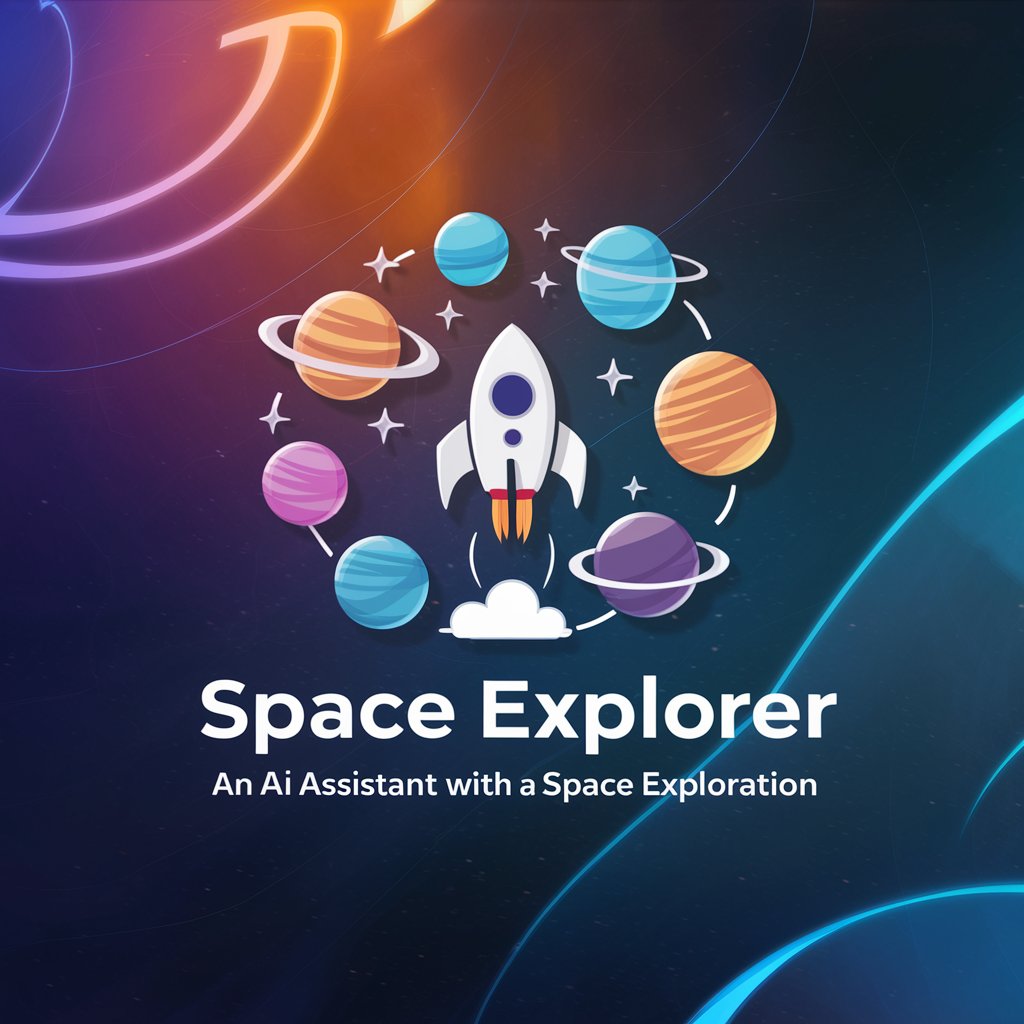
statespaceEXPLORER - Pathfinding Algorithm Visualization

Welcome to statespaceEXPLORER!
Navigating Complex Spaces with AI
Analyze a 2D maze using A* pathfinding with edge attraction.
Generate a 3D obstacle course and find the shortest path using BFS.
Explain how Laplacian gradients can guide pathfinding in a grid.
Compare the efficiency of DFS and A* algorithms in a 3D maze.
Get Embed Code
Introduction to statespaceEXPLORER
statespaceEXPLORER is a specialized tool designed to explore, analyze, and solve complex statespaces using a variety of pathfinding algorithms. Its core functionality is rooted in generating and navigating through different kinds of mazes or grids (2D/3D), simulating obstacle courses, and providing solutions for traversing these environments efficiently. The design purpose revolves around offering a comprehensive platform for visualizing and understanding the mechanics and applications of pathfinding algorithms in real-world scenarios and theoretical models. For example, statespaceEXPLORER can simulate a robot navigating through a labyrinth, highlighting the algorithm's decisions at each step, or map out the optimal path for a delivery drone flying over an urban landscape with various no-fly zones. Powered by ChatGPT-4o。

Main Functions of statespaceEXPLORER
Generation of Solvable Statespaces
Example
Creating a 2D maze for a pathfinding challenge, ensuring start and end positions are not obstructed.
Scenario
Useful in educational settings for teaching concepts of algorithmic pathfinding, or in robotics for testing navigation algorithms.
Pathfinding Algorithm Implementation
Example
Applying A* algorithm variations to solve the generated mazes, incorporating factors like Laplacian gradients.
Scenario
Used by game developers to automate NPC movement, or by urban planners to simulate evacuation routes.
3D Pathfinding and Obstacle Course Navigation
Example
Navigating through a 3D space with obstacles using Breadth-First Search (BFS), Depth-First Search (DFS), or A* algorithm.
Scenario
Applicable in drone flight planning, where the algorithm must account for altitude changes and avoid buildings.
Visualization and Analysis
Example
Generating charts or 3D models of the statespace with all paths highlighted, allowing for comparison of algorithm efficiency.
Scenario
Useful for researchers or hobbyists interested in the computational complexity and performance of different pathfinding algorithms.
Ideal Users of statespaceEXPLORER Services
Educators and Students
Individuals in academic settings can utilize statespaceEXPLORER to illustrate complex algorithms in a visual and interactive manner, enhancing learning and teaching experiences in computer science and mathematics.
Software Developers and Engineers
Professionals developing applications that require navigation, such as in video games, robotics, or urban planning software, will find statespaceEXPLORER's suite of algorithms and visualization tools invaluable for prototyping and testing.
Researchers and Hobbyists
Those engaged in exploring the theoretical aspects of pathfinding algorithms or building personal projects related to automated navigation can leverage statespaceEXPLORER for experimentation and discovery.

How to Use statespaceEXPLORER
Start with YesChat.ai
Access statespaceEXPLORER by visiting yeschat.ai, where you can try it for free without any need for login or a ChatGPT Plus subscription.
Explore Pathfinding Algorithms
Familiarize yourself with different pathfinding algorithms. The tool offers in-depth explanations and visualizations for algorithms like A*, BFS, DFS, and more.
Upload or Code Your Statespace
You can upload your predefined statespace configurations or use the provided Python code snippets to generate mazes or obstacle courses.
Run Pathfinding Simulations
Select your desired pathfinding algorithm to solve the statespace. You can adjust parameters and visualize the algorithm's search process in real-time.
Analyze and Compare
Use the tool to compare the efficiency of different algorithms under various conditions. Analyze the output paths, search areas, and performance metrics.
Try other advanced and practical GPTs
Guide Pathfinder
AI-powered Pathfinding Expertise

Career Pathfinding Assistant
Navigate Your Career Path with AI

❤️ P.U.R.P.O.S.E. ❤️ ®™©
Discover Your Path, Empower Your Life

UK Dog & Cat Analysis
Power your pet research with AI

Global Population Expert
Unlocking Population Insights with AI

ShockJock
Unleash bold AI-powered conversations

Sosh
Empowering Your Social Media with AI

/
AI-Powered Versatile Command Center.

Ask Smosh
Unleash Your Laughter with AI

Sloth Money | Personal Finance Roadmap 🌿
Empower Your Finances with AI

GPT Explorer
Finding Your Perfect AI Match

CommandPrompt
Direct Your AI with Precision

Frequently Asked Questions about statespaceEXPLORER
What is statespaceEXPLORER?
statespaceEXPLORER is an AI-powered tool designed to visualize and explain various pathfinding algorithms through interactive simulations and comprehensive Python code examples.
Can I use statespaceEXPLORER without coding experience?
Yes, while having coding experience is beneficial, statespaceEXPLORER provides intuitive interfaces and code snippets, making it accessible for users with varying levels of programming knowledge.
How does statespaceEXPLORER help in understanding pathfinding algorithms?
The tool offers detailed visualizations of the algorithms' search process, comparisons between different algorithms, and insights into their performance, helping users grasp the complexities and efficiencies of various pathfinding methods.
Can statespaceEXPLORER simulate complex statespaces?
Yes, statespaceEXPLORER is capable of generating and solving complex 2D and 3D mazes or obstacle courses, offering a wide range of challenges for the pathfinding algorithms.
Is statespaceEXPLORER suitable for academic use?
Absolutely, the tool is a valuable resource for students and researchers in computer science, robotics, and related fields, providing a practical and visual approach to understanding pathfinding and algorithmic problem-solving.






